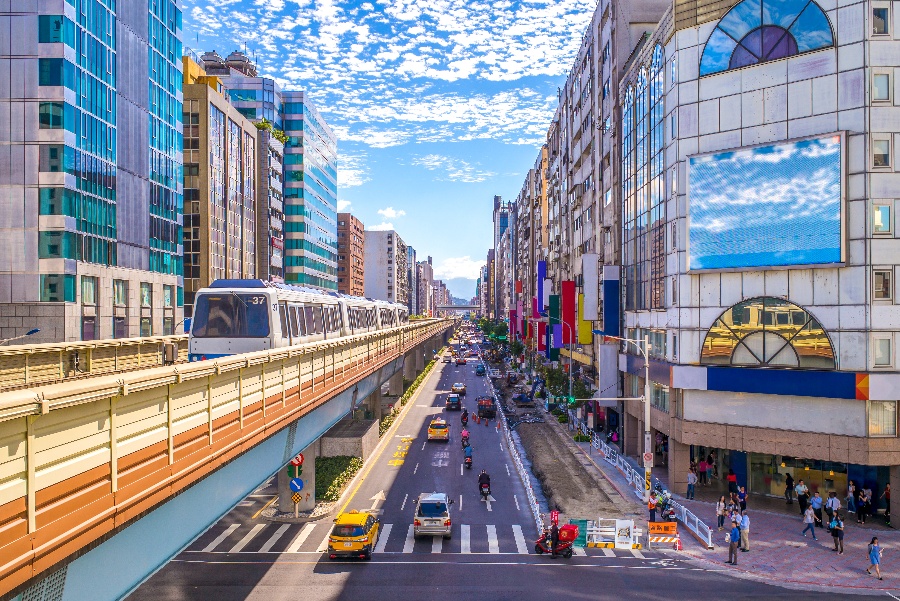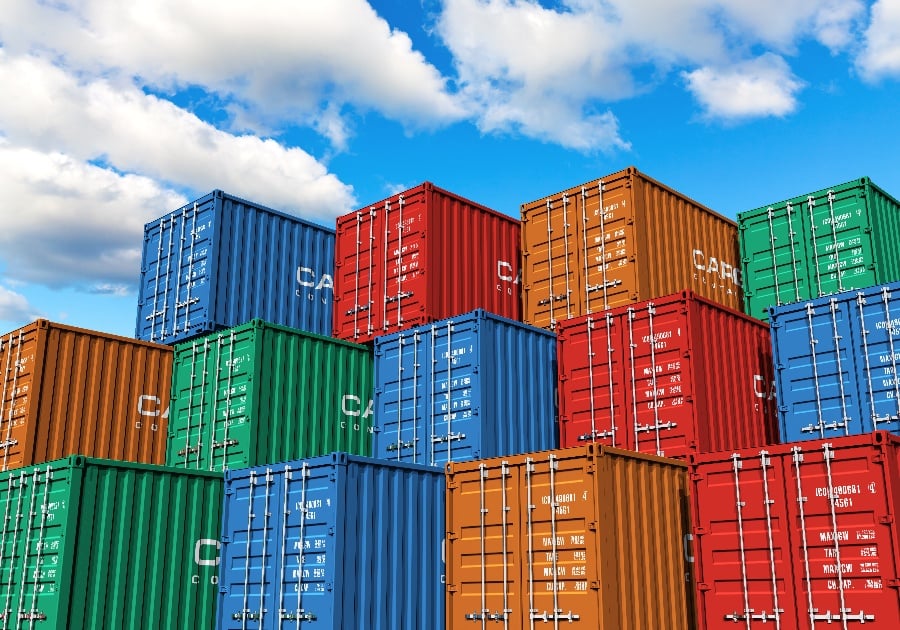
Fiber-reinforced plastics (FRPs) are composite materials comprising a polymer matrix carefully combined with supporting materials or fibers.
FRPs are among the set of materials called composites produced by integrating fibers like glass, carbon, paper, wood with a polymer matrix centered on epoxy, vinyl, and other similar enamels. These types of composite materials extend to products that go beyond sheets, tubes, plates, and bars.
A short list of benefits include a higher performance compared to metals regarding corrosion, durability, strength to weight ratio, lightweight profiles, and sustainability. Across the board, industry demands are evolving towards sustainability, which means FRPs fit the bill.
FRPs have proven their worth through practical applications. Research, investigation, and industry studies have demonstrated that FRPs are ideally suited for industries such as aerospace, automotive, ship building, oil and gas as well as sporting and consumer goods.
Over the last decade, with industries preferring to invest in new (alternative) materials rather than using traditional ones, FRPs have surfaced as leaders in the market.
The demand for advanced composite materials has skyrocketed, further promoting the development of polymer composites; and with good reason, as the benefits include cost reduction in capital expenditure and long term investment protection for both individual companies and the industry as a whole.
In general, engineering teams find assurance and security when choosing FRPs for a variety of projects, regardless of scope or scale. FRPs demonstrate a distant advantage when compared to traditional metals.
They are a blend of polymer resins such as a polymer matrix combined with glass or carbon fibers as buttresses. For example, the building and construction industry considers FRPs for their high value, presentation, and performance.
This is because FRPs outperform aluminum in changing temperatures as well, with less expansion and contraction leading to better energy conservation and less stressors on surrounding materials.
A Worthwhile Investment
Over the lifetime of a project, the advantages of FRPs are seen in several areas. With less maintenance, repair, and reconstruction, industries save on investment and maintenance costs.
There’s no need to hire specialized staff to fix problems, budget maintenance follows company protocols and allows for spending in areas that lack funding. For example, in the oil and gas industry, with less corrosive results, companies can ensure a return on the initial product and a reduction in replacement analysis.
With less concern over durability, industries trust the infrastructure will withstand the environmental elements. Eliminating future wear and tear or rehabilitation and increased sustainability ensure industries that use composite materials uphold structure integrity.
FRPs are proving to be a strong challenger to traditional use of steel in cross-industry markets. For thermal load bearing projects, FRPs are a comparable alternative to steel when it comes to tensile strength.
It is as strong as steel when it comes to reaching a buckling point, and is less likely to corrode when used in exposed environments such as balconies.
Similarly, fiberglass rods can specifically be utilized to manufacture strong, lightweight scaffolding and trays designed for use in commercial construction projects.
Furthermore, pultruded fiberglass rods are a substitute for steel rebar in reinforced concrete. These are changing the face of bridge and tunnel building, high rise construction, and marine and waterfront applications, delivering stellar results compared to traditional steel.
FRPs are an investment that outweighs competitor products. Installation time is shortened when comparing FRPs with other materials further making them ideal for projects.
In industry terms, time is a commodity. In some cases, time is just as important as capital investment. When procedures streamline and processes save time, industries are satisfied and likely to select products that grant effort into areas that require more attention.
The Evidence Is In The Bake
FRPs offers benefits to concrete applications. FRPs thermally respond in the same way as concrete. Their expansion and contraction rate are nearly identical.
When common FRP products like plates, sheets, and jackets (of glass, carbon, and aramid fiber composites) are added to concrete elements, the results further elevate FRPs’ growing popularity.
In all cases, concrete members are strengthened by FRP additions. Generally, glass fibers are the most cost effective; carbon fibers tend to be the tautest while aramid fibers are the strongest.
There are two types of FRP bars that are gaining attention for their ability to outshine competitors such as steel. Carbon FRPs are not altered by temperature changes. Glass FRP bars manage to have the same direct coefficient of expansion as concrete does, further placing it at the top of the market.
The Proof Is Heating Up
By and large, industries across the board are beginning to embrace the benefits of FRPs. Chemical processing, oil and gas, and other corrosive environments are at odds with metals and other fragile or caustic materials.
Companies aim to optimize product performance and production as well as profits at the same rate and with successful results. Hence, choosing FRPs for their durability is one of the key reasons to make the switch from metal to composite materials.
Currently, industries prefer FRP containers or storage tanks for chemical plants, oil and gas, and other such applications; they replace the standard stainless steel, premium alloys, carbon steel containers and with much higher returns, results, and preservation.
They are often selected based on zero corrosion bearing. FRP composites do not rust, even in the harshest of environments. For oil and gas, civil engineering, and chemical engineering, FRPs provide longer lasting materials that withstand the test of time. Highly anti-corrosive, FRPs are ideal for various industry applications.
FRP composites are lightweight yet strong and are impact resistant. Today’s market is evolving from cheap, single use or corrosive materials to implementing enduring materials. Opting for FRPs over antiquated materials are investments that will be paid back over time.















